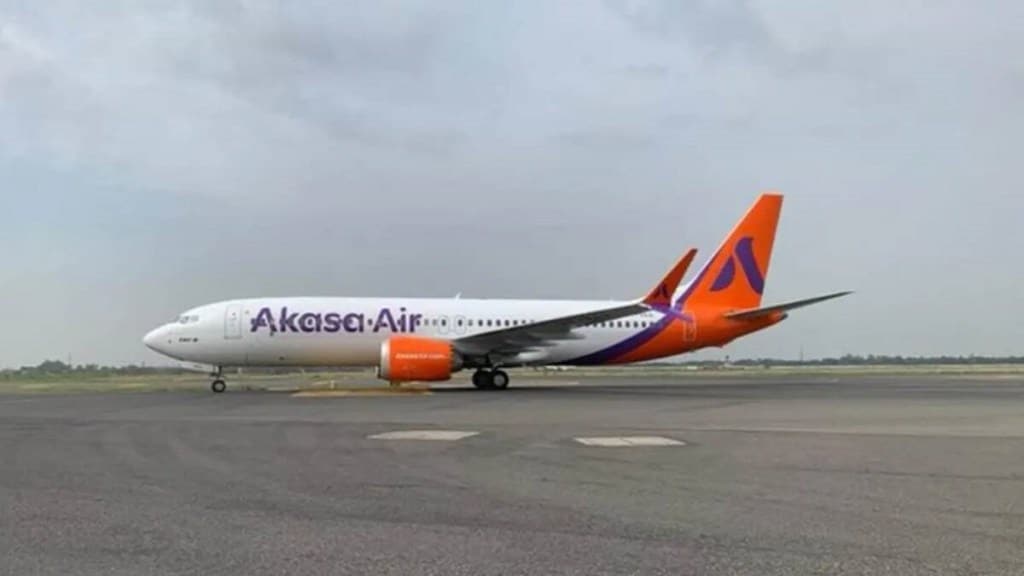Under enhanced scrutiny from federal regulators in the US, following the January mid-flight door blowout incident, plane maker Boeing said it will scale down production of the 737 MAX model by more than 20%.
Boeing will restrict the production of the 737 MAX to below 38 per month for the next several months, down from the 47 per month scheduled from August this year.
While the blowout incident involving Alaska Airlines raised apprehension over safety and reliability of that particular aircraft model, which is also used by Indian airlines, it brought to fore the increased possibilities of delays in deliveries.
In early January, the Directorate General of Civil Aviation (DGCA) directed Akasa Air, SpiceJet and Air India Express to conduct a ‘one-time inspection’ of emergency exits of each of their 737 MAX planes.
To be sure, none of the Indian airlines operate the 737 MAX-9 variant which was involved in the incident. Indian carriers use the 737 MAX-8 variant, on which so far, no issues have been reported. The 737 competes directly with the Airbus A320, which is the most widely used aircraft-type in India led by market leader IndiGo.
Vinay Dube, CEO, Akasa Air said, “Nobody in aviation can really put too much effort on safety. We are happy with the increased and renewed focus of Boeing, of the FAA (Federal Aviation Administration), (and) our regulator (DGCA). We think this is a good thing.”
The single aisle, narrow-body 737 MAX, which became the fast-selling commercial jet in Boeing’s history, has had a troubled past since its maiden flight in early 2016. The model was grounded worldwide in 2019 following two fatal crashes resulting in 346 deaths.
“I also want to be unequivocal about the fact that what we are flying today is safe. Some of the issues (that are reported) are not just about a different variant but a modification of a different variant. At Akasa we are not only not flying that variant, we are also not modifying our aircraft in any way,” Dube added.
Akasa Air’s entire fleet of 24 aircraft comprises the 737 MAX-8. About 82% or 28% of SpiceJet’s fleet comprises the 737 model of which the older generation is 21. Air India Express has the biggest fleet of the 737 comprising 40 aircraft, of which 15 are the 737 MAX-8.
Over the past 12 months, Air India and Akasa Air have placed firm orders for 340 units of the 737 MAX with Boeing with options to increase the order size. While over the next 6-8 years Air India will induct 190 units of the aircraft-type, Akasa Air will induct 202.

